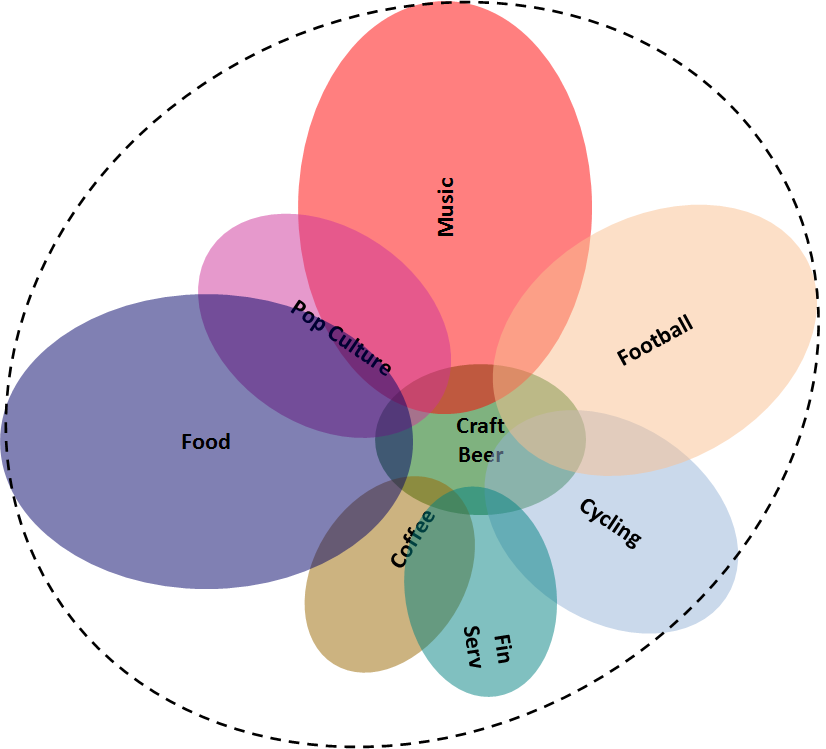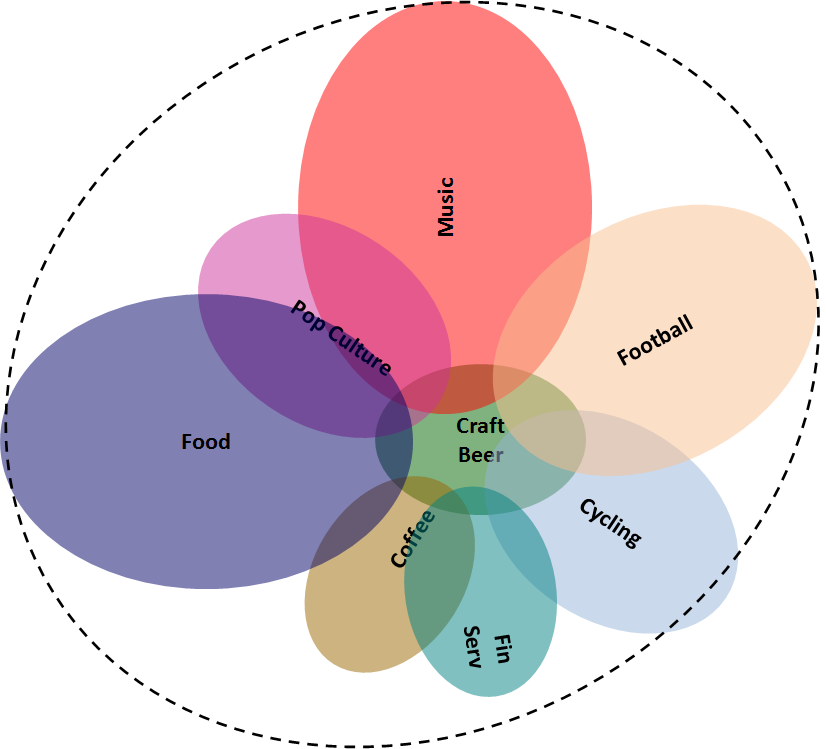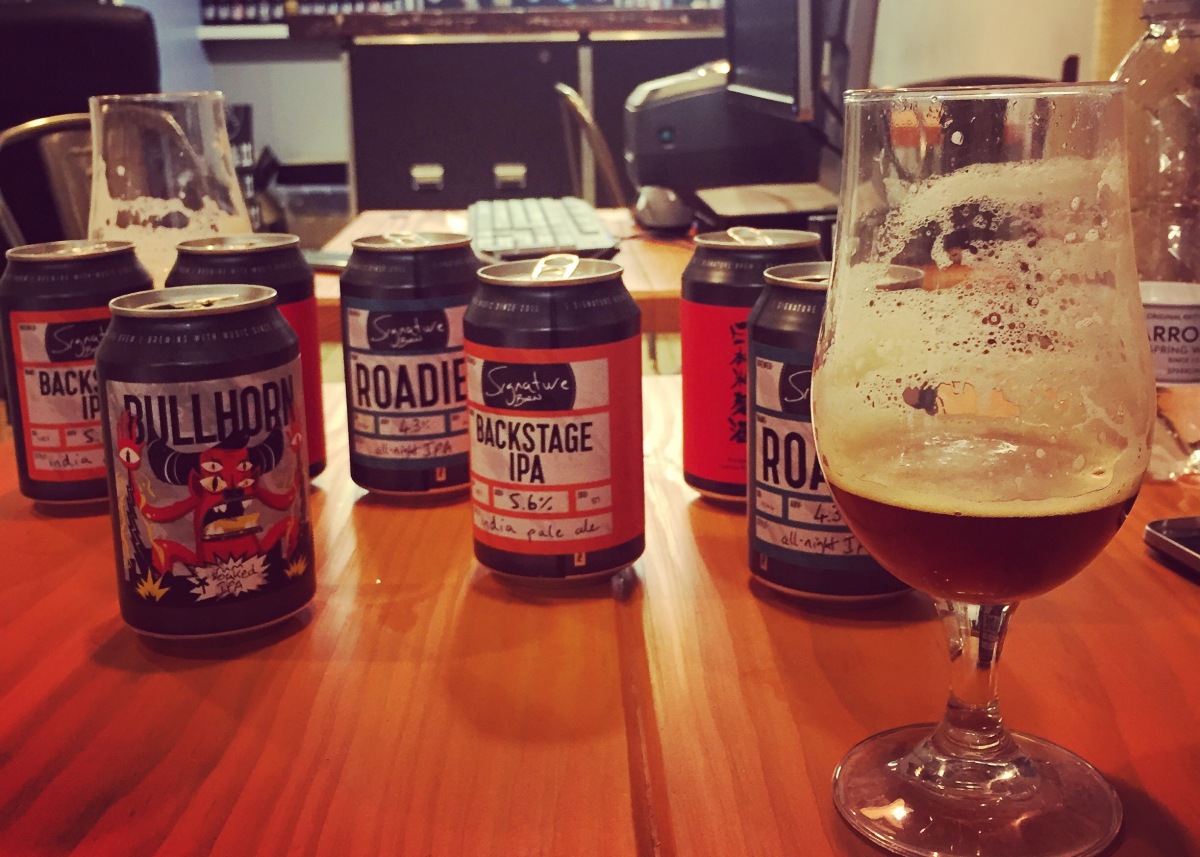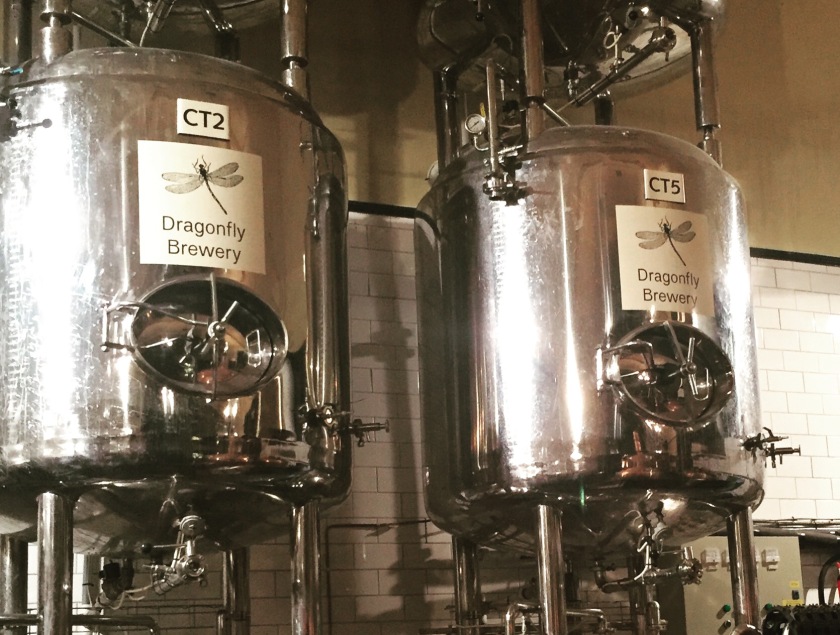
Towards the end of last year I noticed that two of London’s best craft breweries were on the hunt for new brewers; Hackney’s Five Points Brewing Company (I’ll call them Five Points in the rest of this post) and Bermondsey’s Brew By Numbers.
I thought it was odd two craft breweries would be looking for brewers at the same time as they would likely end up competing for the same talent. I reached out to the breweries to get their views on this to help determine whether or not my views were unfounded.
Doreen Joy Barber from the Five Points gave me an insight into their recent hiring activity. ‘Last year, we hired two new brewers into the Five Points fold. One came from another brewery in England, whereas the other had previous brewing experience in the UK’, explains Doreen.
Looking at their existing pool of brewers it’s clear they have appointed talented people with relevant brewing experience. ‘Our former Lead Assistant Brewer who worked with us for two years previously worked at Nogne O (the Norwegian brewery) and BrewFist (the Italian brewery)’ says Doreen.
They have also hired people without brewing experience that are willing to learn. This could be in the form of attending training at the Institute of Brewing and Distilling or through an apprenticeship. Doreen expanded on this, ‘Our new Lead Assistant Brewer went through our apprenticeship that we started with Hackney Community College’. Not only is this a very sensible and structured approach to developing talent, it is a great example of how a brewery connects with it local community and Five Points deserve top marks for an initiative like this.
Chris Hall’s insights on Brew By Numbers indicated a slightly different approach. In their search for brewers, relevant experience with the beer styles they brew is important, as is someone who could bring ‘a fresh perspective, unique insight or otherwise bring a new set of ideas and creativity to the team’.
This is important as it links to Brew By Numbers brewing philosophy. As Chris says ‘It’s a team after all and you want people to think differently, so we can express as best we can the full range of flavours that beer than achieve’.
With so many craft breweries in London, either starting up or facing rapid expansion, it would seem London is as an attractive location for any aspiring craft brewer. Chris again provides further insight on this; ‘We now have employees from England, Canada, United States, Finland, Norway and Italy. People with a brewing background seem to be moving to the UK almost every week’.
And it looks like there continues to be plenty of opportunity for people interested in forging a career in the burgeoning craft beer industry. Since I reached out to Doreen and Chris both Redchurch and Beavertown have also advertised for new brewers, with Beavertown also looking for a host of other roles. Being able to draw not only from talent within the UK scene today but from, as Chris calls it, ‘a diverse melting pot of backgrounds, experience and ideas’ should ensure continuing innovation and creativity in the UK craft beer scene.
One of the big challenges for craft breweries when they do scale up is when the founders or co-founders, who are often used to being very hands on in the brewing side of the business, hire a brewer to help free up their time to enable them to work on the business side. Handing over control for recipes they have designed, and responsibility for producing the beers they have been making for some time can be very tough – in reality it’s a real test their leadership capabilities. Building the right culture in a brewery is almost as important as brewing the beers and crucially is linked to the breweries ability to attract and retain the right talent in the first place.
As it turns out, my initials fears were completely unfounded. London is attracting an array of diverse talent that is helping to drive the innovation, creativity and growth of the UK craft beer scene. Getting some clear, timely and accessible statistics on craft brewery employment to help tell this story would be even better.
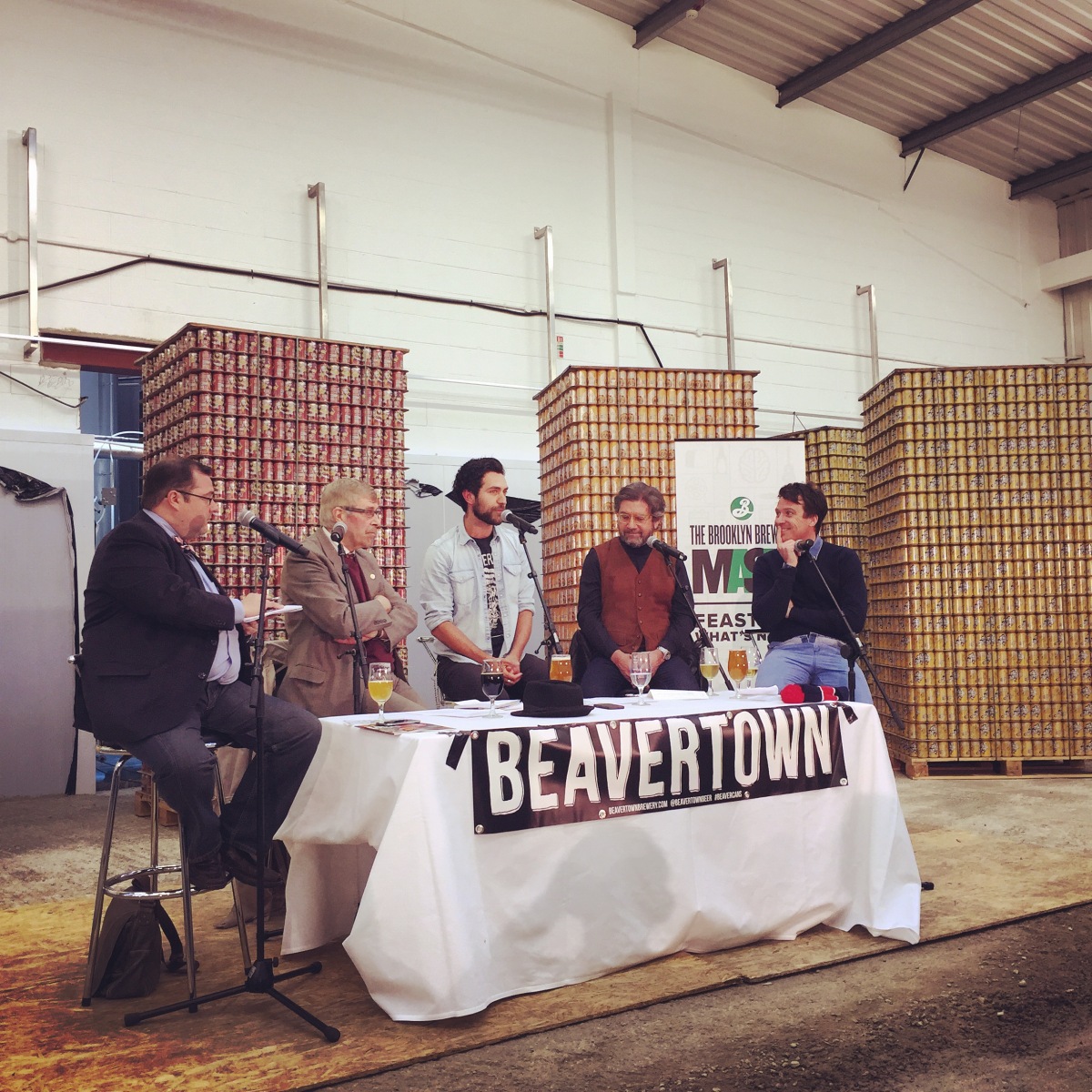

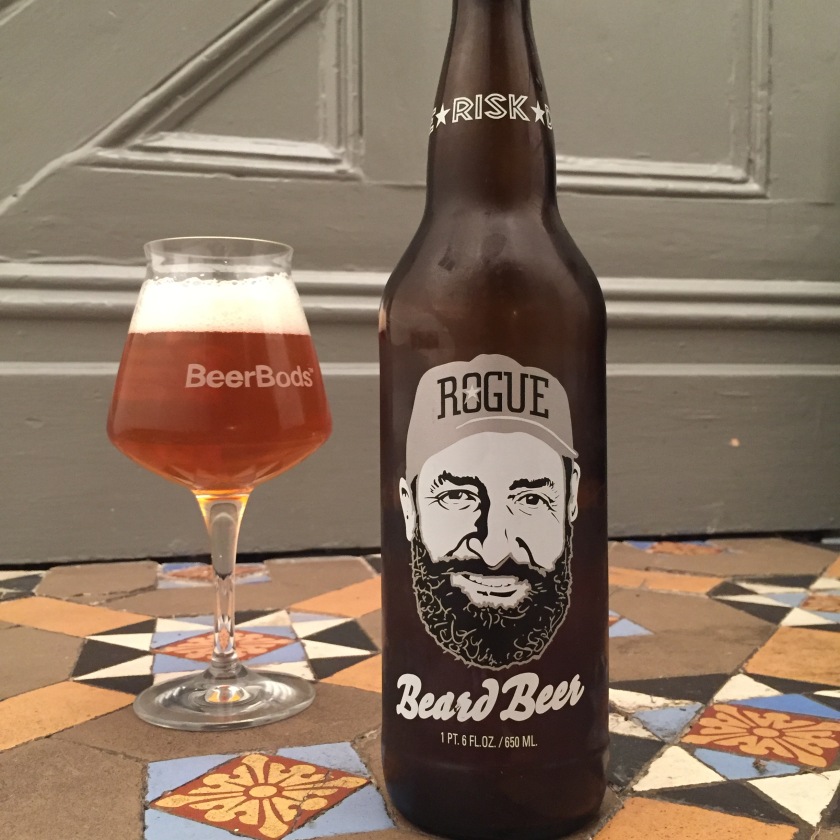
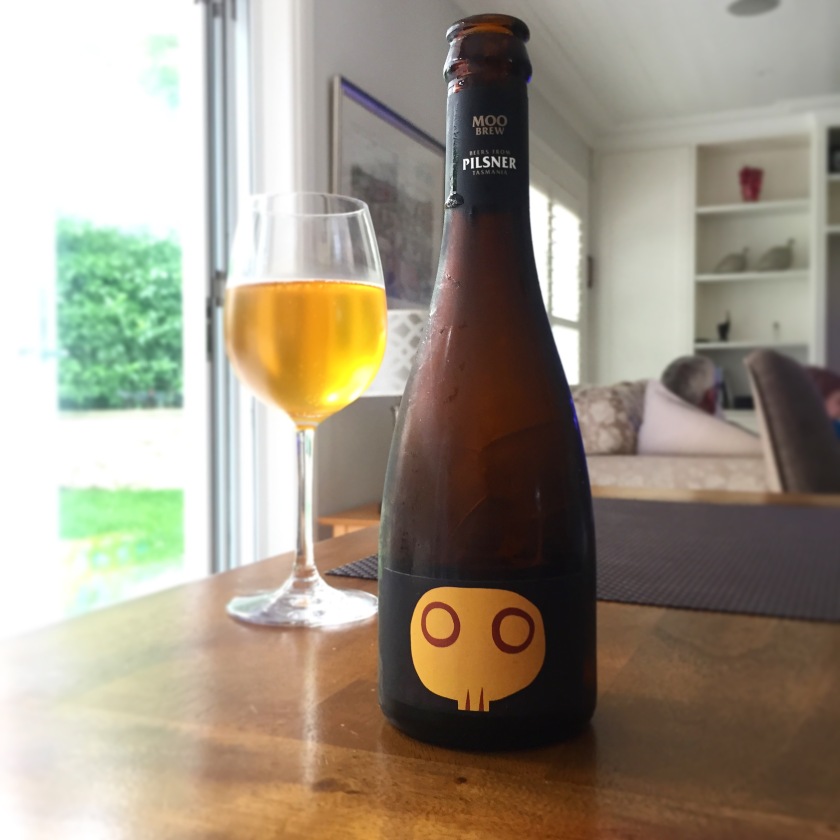
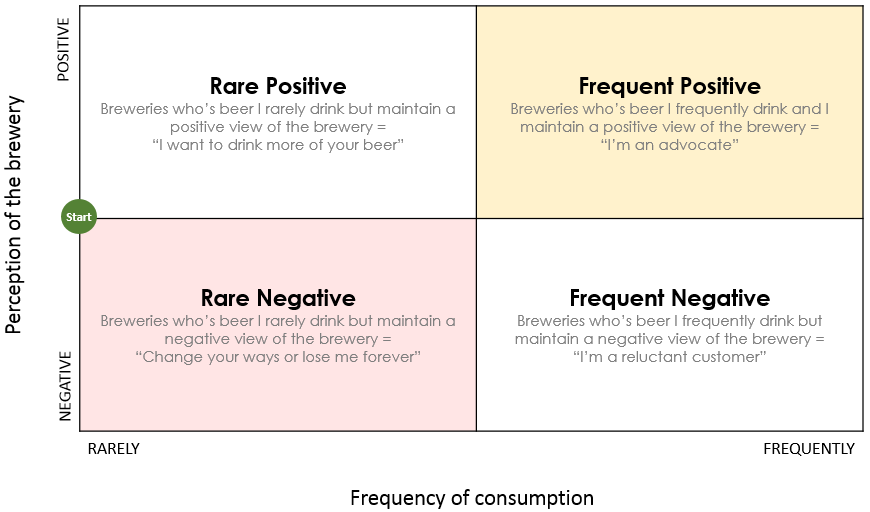
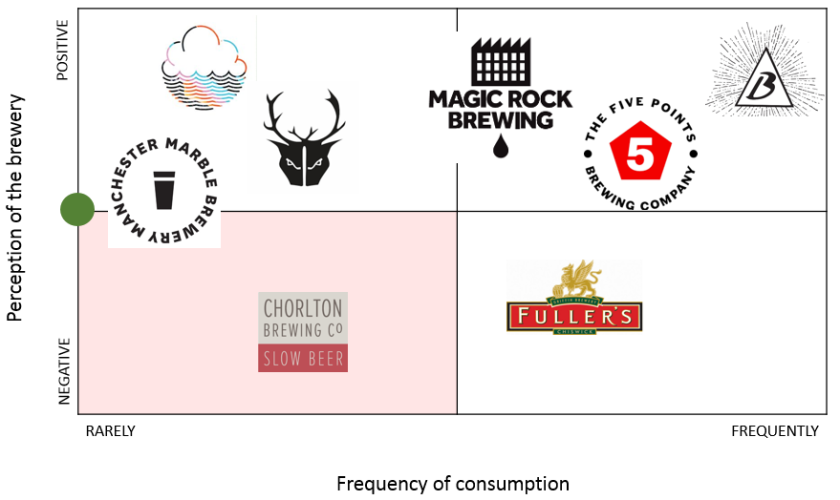
 Tuesday 6 December, 2016
Tuesday 6 December, 2016